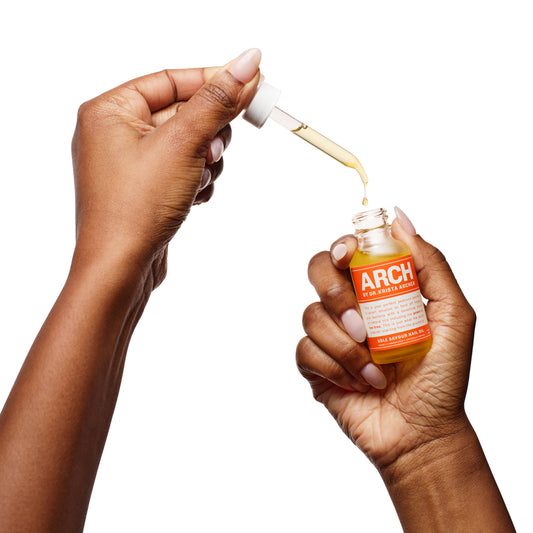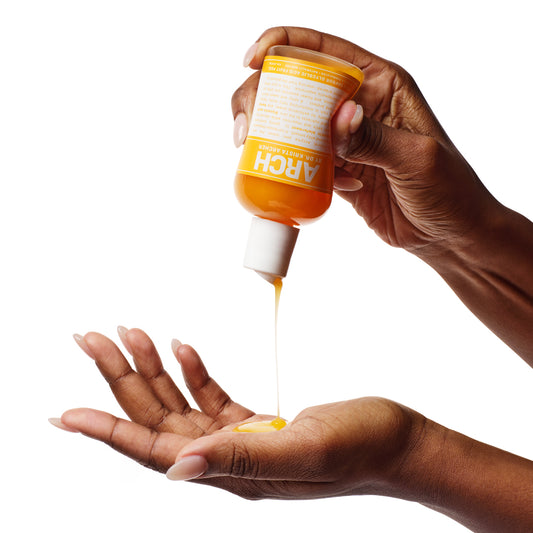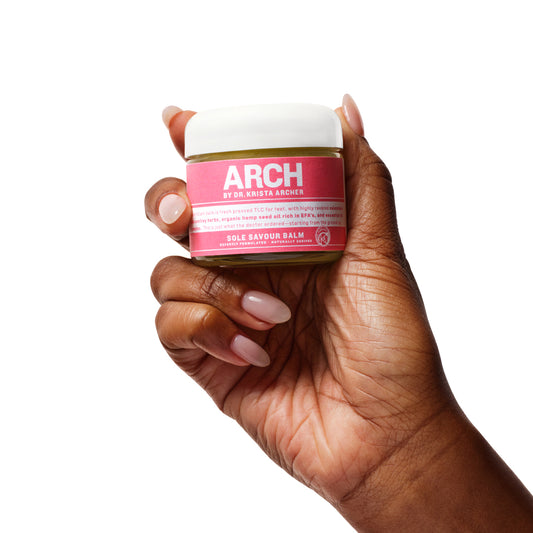INGROWN TOENAIL TREATMENT
Relief for Painful & Infected Toenails
Ingrown toenails are a common but painful condition where the edge of the toenail grows into the surrounding skin, triggering redness, swelling, and, in many cases, infection. At her Upper East Side Manhattan practice, Dr. Krista Archer offers expert diagnosis and treatment for ingrown toenails, helping patients quickly relieve pain and prevent dangerous complications.
What Are Ingrown Toenails?
An ingrown toenail occurs when the nail edge pierces into the skin, causing the body to treat it like a foreign object. This leads to:
-
Redness, swelling, and tenderness
-
Drainage, pus, and signs of infection
-
In advanced cases, numbness can develop as the infection worsens
-
Severe, untreated cases may develop a granuloma (large fleshy growth over the nail plate) or even osteomyelitis (infection of the underlying bone)
What Causes Ingrown Toenails?
-
Improper nail trimming, especially cutting or tearing into the corners of the nail
-
Trauma or injury to the toe
-
Genetic predisposition or abnormal nail curvature
-
Tight or ill-fitting shoes that compress the toes
-
Improper pedicures or salon treatments
-
Sports or activities that place repetitive stress on the toenail
-
Occasionally, chemotherapy treatments may cause nail changes leading to ingrown toenails
Dr. Krista Archer’s Approach to Ingrown Toenail Treatment
Conservative Treatments (For Early or Mild Cases):
-
Careful, in-office trimming of the affected nail edge
-
Warm soaks and topical treatments to reduce swelling and infection risk
-
Shoe recommendations to reduce pressure on the nail
Advanced Treatments (For Moderate to Severe Cases):
-
Partial nail removal under local anesthesia to safely remove the embedded portion of the nail
-
Oral antibiotics if infection is present or severe
-
Surgical nail procedures (matrixectomy) to prevent recurrence for patients with chronic ingrown toenail problems
Why Choose Dr. Archer for Ingrown Toenail Care in NYC?
As a board-certified podiatric surgeon with cosmetic expertise, Dr. Archer offers both medical and aesthetic-focused toenail care, ensuring your treatment not only resolves pain and infection—but leaves your toe looking as natural and healthy as possible.
SCHEDULE YOUR APPOINTMENT
Don’t let an ingrown toenail progress to infection or pain that limits your day. Request a consultation with Dr. Krista Archer today at her Upper East Side office and experience fast, expert ingrown toenail treatment in NYC.
SHOP ARCH BY DR. KRISTA ARCHER
-
ARCH CBD Balm Stick - 1.05 oz/ 31g
Regular price $45.00 USDRegular priceUnit price / per -
ARCH Retro Tube Socks with Gel-Lined Heels
Regular price $7.00 USDRegular priceUnit price / per -
ARCH Sole Savour Nail Oil – 1 oz
Regular price $45.00 USDRegular priceUnit price / per -
ARCH Sole Savour Nail Oil + EMU Oil- 1 oz
Regular price $50.00 USDRegular priceUnit price / per -
ARCH CBD Sole Savour Relief Creme –Highest Potency 1.7 oz
Regular price $70.00 USDRegular priceUnit price / per -
ARCH Sole Savour Glycolic Acid Fruit Peel – 4 oz.
Regular price $20.00 USDRegular priceUnit price / per -
ARCH Sole Savour Creme – 1.7 oz
Regular price $35.00 USDRegular priceUnit price / per -
ARCH Sole Savour Balm- 2.0 oz/ 56g
Regular price $45.00 USDRegular priceUnit price / per -
Glycolic Acid Fruit Peel – Sample (0.5oz)
Regular price $3.00 USDRegular priceUnit price / per -
ARCH CBD Chill Chews for Humans – 105 g
Regular price $50.00 USDRegular priceUnit price / per -

 Sold out
Sold outARCH Sole Savour Scrub – 8 oz-
Regular price $30.00 USDRegular priceUnit price / per






















